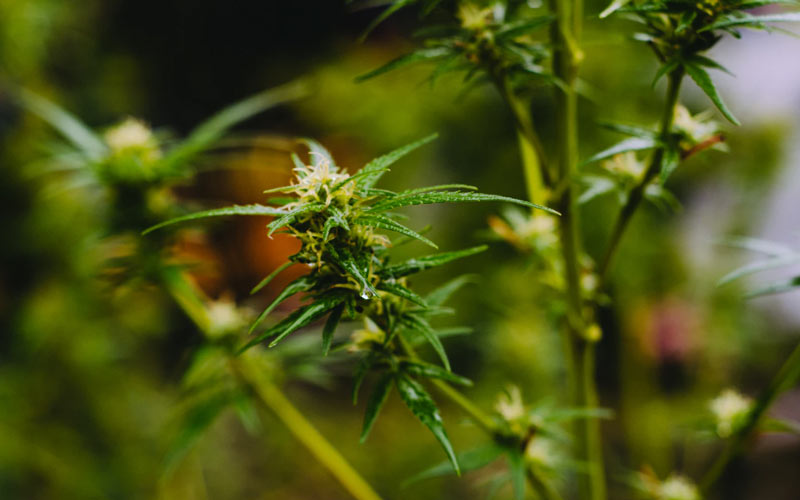Terpenes have been getting a lot of attention recently, in large part because of their prominence in the burgeoning recreational cannabis market. But what exactly are terpenes? If you’re still trying to wrap your head around these elusive plant compounds and need terpenes explained in newbie terms, have no fear. We’ve created this guide to break them down as clearly and succinctly as possible.
The What
Terpenes are aromatic organic plant compounds. More simply, they’re the oils that give plants their unique scent. Pine smells piney because of a terpene called pinene (that should be easy enough to remember). Parsley gets its peppery, herbal scent from a terpene called myrcene. More than 65,000 terpenes have been discovered.
Cannabis plants contain over 100 terpenes, present in varying concentrations depending on the strain. Terpenes are also used in essential oils and in perfumes and colognes.
The Why
If terpenes simply smell good, why are they receiving so much hype? As it turns out, they’re more than just fragrant. For years, scientists have been studying terpenes for their possible therapeutic benefits.
Some of the most common terpenes include:
- Beta-caryophyllene: Found in cloves, pepper, hops, and rosemary – research shows that it may be useful for pain relief
- Limonene: found in citrus fruits like limes, lemons, and oranges – research shows that it may be useful for heartburn and acid reflux
- Alpha pinene: found in conifer trees, turpentine trees, and rosemary – research shows that it may treat memory loss and even be beneficial for dementia patients
- Myrcene: found in parsley, thyme, and bay leaf – research shows that it may have strong anti-inflammatory effects
- Linalool: found in birch trees, lavender, and mint – research shows that it may be useful for anxiety disorders
All of the above terpenes are found in cannabis, but the concentrations are often very low. As a result, some cannabis users are infusing their favorite strain with liquid terpenes to alter the effect of the high. For example, a liquid terpene product that’s rich in beta-caryophyllene may encourage greater pain relief than the THC can achieve on its own. A product rich in linalool and limonene may help to promote a heightened indica effect for reduced anxiety and more restful sleep. In short, using terpene products allows for a truly custom experience.
The How
Once the structure and purpose of terpenes have been explained, all that remains is the obvious question of how to use terpenes to your advantage.
The first step is to decide what you want to achieve. Is it pain relief? Better sleep? More energy? Reduced anxiety or depression?
Once you know what you’re hoping to achieve, determine which terpenes are most likely to get you there. You’ll have to do a bit of research, but it shouldn’t be too difficult as a wealth of information is available. To see the benefits of specific terpenes explained in greater detail, our terpene blog is a great place to start. It contains a ton of terpene recommendations for different moods and needs. For example, if your goal is to relax or experience pain relief, you’ll want to check out our recommendations for the top indica terpenes. If you’re looking for an energy boost, check out our list of the best terpenes for energy.
Many terpene blends are named for the strains after which they’re modeled, so if you have a particular strain that you’re fond of, like Blueberry Kush or Skywalker OG, you can find a corresponding terpene blend in our Strain Specific Terpenes line. We also have Pure Terpenes designed to promote specific effects and flavors.
Once you find the perfect terpene solution, just add it to your favorite cannabis product using our helpful terpene guide. In no time at all, you’ll be basking in the wonders of the entourage effect!
Now that you’ve had terpenes explained, consider trying them for yourself.


